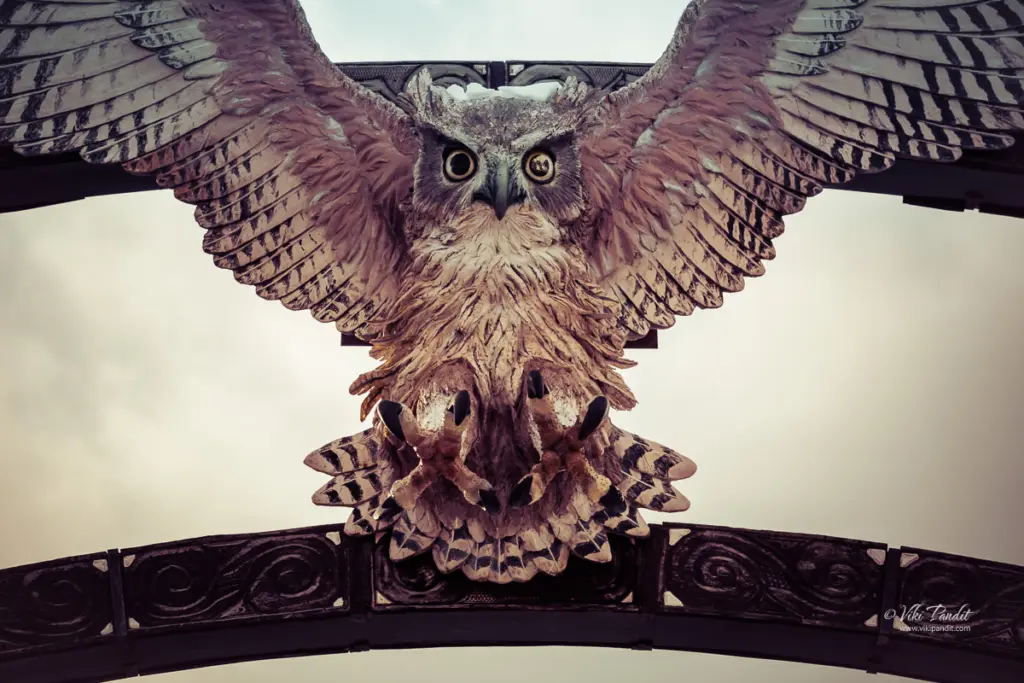

Hokkaido Museum of Northern Peoples
We go on an incredible journey into the lives of the Ainu people at the Hokkaido Museum of Northern Peoples. The true origins of the Ainu people remain a big mystery to this day. It is common knowledge that the Japanese language is inspired by Chinese but it has to be stated that the Ainu speak a language that resembles no other language in Asia or its surroundings.
